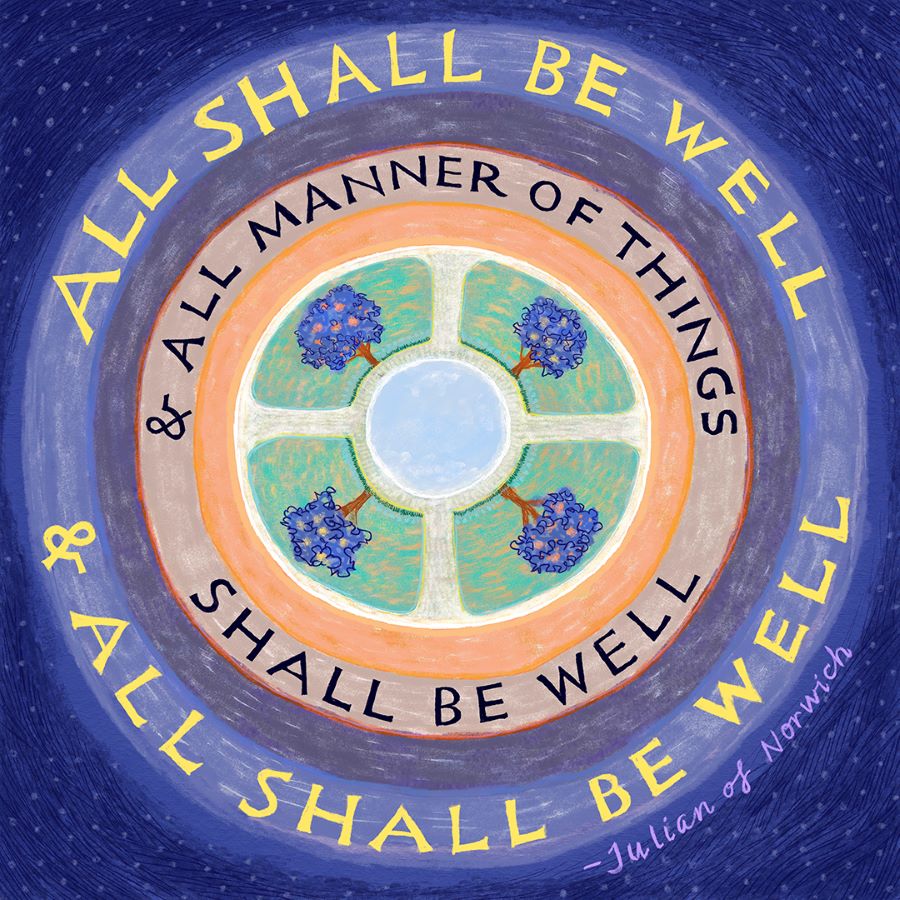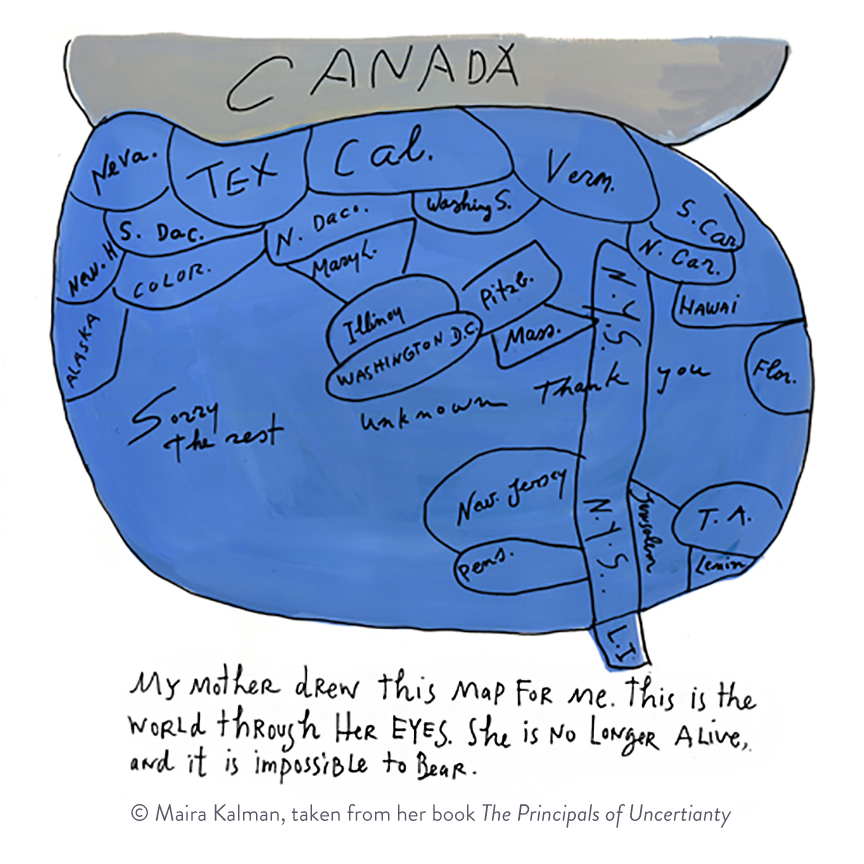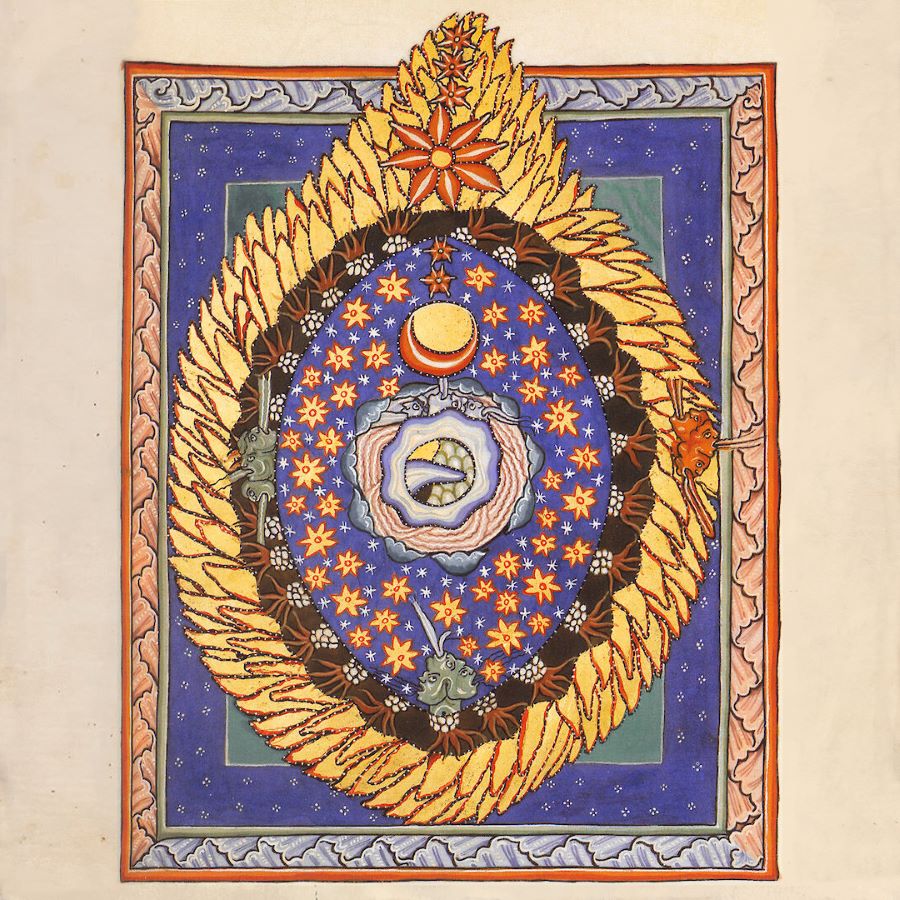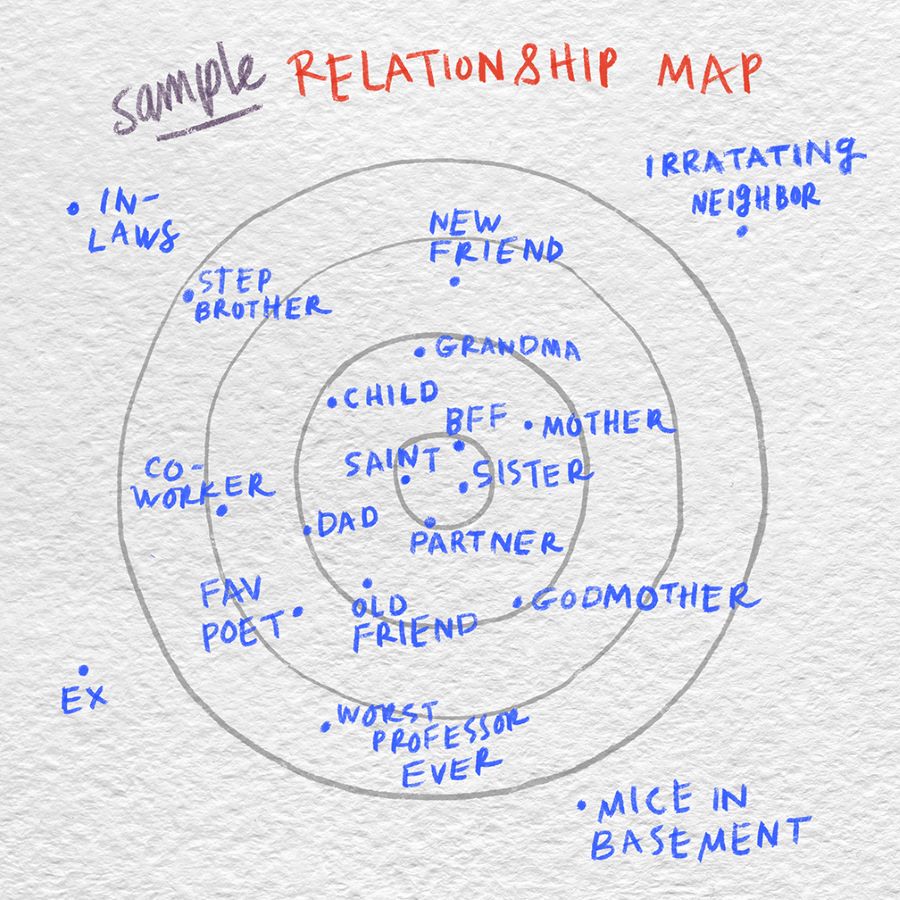
Before the days of GPS and Google maps, before we located ourselves as a blue dot on an interactive street map held on our tiny personal computers, before our greatest navigational challenge was discerning which direction our little blue dot was moving (up the street or down?)—before all this, there were other less convenient ways of not being lost. That is, printed paper maps. Atlases, Rand McNally road guides, laminated city guides, folded state maps spilling out of glove compartments or jammed into purses. And while I’ll take Google over a frayed paper map anytime I need to get anywhere, I admit the old printed version held one thing GPS does not: mystery. Google laid bare all the mundane details of every location, from street photos of nearly anyplace you want to be, down to customer reviews of all possible gas stations or cafes within driving range. Poring over atlases as a child, the world seemed to hold endless possibilities. A maze of roads and rivers, punctuated by the tiny dots of towns and cities—it seemed anything could be hidden away beneath those printed lines.
As an adult my appreciation for the beautiful possibilities of maps gradually shifted to other visual representations: diagrams of the mind or psyche, drawings by mystics of their visions, or even the beautifully poignant map of the world drawn by artist Maira Kalman’s immigrant mother, with the lovely line “Sorry, the rest unknown thank you” (shown). These attempts to chart the unknown retained the mysterious possibilities that I was so drawn to as a child.
Another example are the drawings by 11th century abbess and mystic St Hildegard of Bingen of her visions. In one image from her Scivias, the entire universe is shown as a cosmic egg, with the earth and four elements at its center, with the sun representing Christ, and the moon the Church, and the fire surrounding the egg representing God’s all-encompassing love. Her portrayals of her visions point to realities I cannot not see but quite possibly exist.
And this all brings me, albeit slowly, to my subject at hand. At some point in my time working at St Vladimir’s Seminary while Fr Thomas Hopko served as dean, he recommended the practice of making your own map, a map of your relationship to other people. He spoke of it as an aid to maturity and recommended remaking it every few years. He described a number of concentric circles, the center of which would be reserved for those closest to yourself and moving outward the relationships would become more distant, or at least more complicated. Given that I was already drawn to this sort of thing, this was spiritual advice that I readily seized upon (unlike so much of the spiritual advice I promptly forgot or even, sadly, purposefully ignored).


I found that this was indeed a useful tool. At first my maps were simple, and I was mostly concerned with the placement of my important relationships or felt uncomfortable when family members I cared about strayed too far away from the center. As I made and remade the maps over the course of years, I recognized that some people always remained near the center. I also noticed that my friends and relations seemed to have their own colors. My Russian friend Veronika, for example, was always rendered in purple. I learned that it is best to write the full name of the person on the map: I have quite a few maps where everyone is just an initial, and when I come upon these later I have no idea who “E” or “S” are—they clearly were important at one point, but just a few years later I haven’t the foggiest idea to who I was referring.
After a while I stopped putting relationships in the center circle. It’s not that I wasn’t close to anyone–quite the opposite–but that I began to see that inner circle as the spiritual center of my life. I sometimes put saints or authors I was reading there, or sometimes I just colored it blue, as if it was a pool of water or a window to another place entirely. A line from The Diaries of Etty Hillesum reflected my instinct:
“There is a deep well inside of me. And in it dwells God. Sometimes I am there, too. But more often, stones and grit block the well, and God is buried beneath. Then God must be dug out again.”
That center circle became the well where sometimes–if I was quiet and unanxious enough–God could also be.
My relationship map started to become a mental image, a visualization of my inner world. I went there if I was in distress, needed to focus, or as a place from which to enter prayer. The outer circles grew foggy while the inner circle became brighter—a garden planted with flowers, stone paths leading toward the center where four fruit trees stood around a clear blue pool. Once here I was able to get my bearings, and figure out the next steps.
For me, Fr Hopko’s practice of drawing a relationship map evolved instead into something like spiritual GPS, popping up as needed, regardless of cellular coverage or wifi connection. When a line from a hymn or psalm speaks to me, it inevitably finds its way into the garden. Saints’ lives or memorable spiritual writings too make their home there. During the height of the pandemic my book group read Julian of Norwich’s Revelations of Divine Love. I listened on audio as I walked through our neighborhood park, the gentle voice of the narrator bringing the vision of a 14th century anchorite–who also lived through a pandemic and significant political upheaval–into my uncertain present. Her famous lines, “And all shall be well. And all shall be well. And all manner of things shall be well,” wound itself firmly into the fabric of my inner world, my quiet little garden.
If you wish to try this practice for yourself, and see where it leads you, I’ve included a downloadable relationship map here. I recommend, however, that you draw your map inside a journal, if you have one, as this makes it easier to find them again years later if you wish to compare.

You may recognize Amber Schley Iragui from some of our Craft 'n' Sips! She is a designer and artist who lives in Portland, Oregon with her family.


